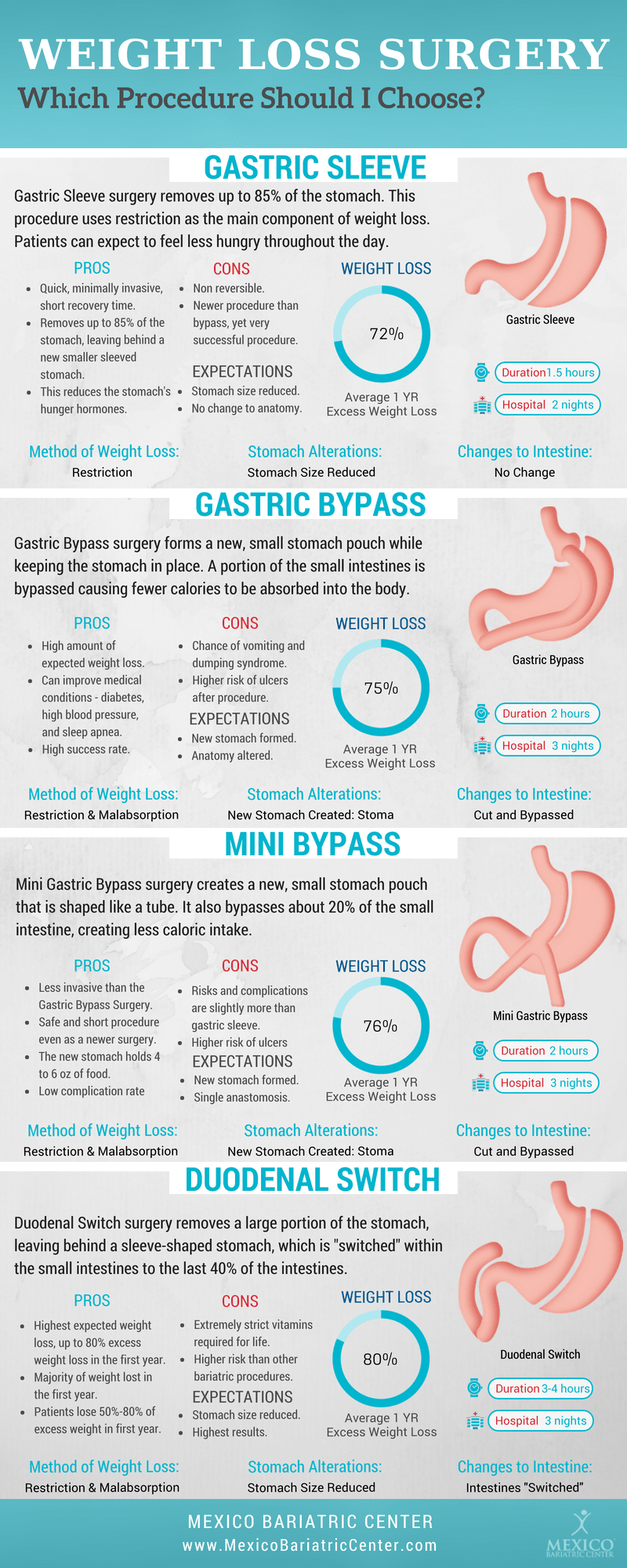An Effective Weight Loss Program: The Scientific Explanation
An Effective Weight Loss Program: The Scientific Explanation
Blog Article
Authored By-Nymand Fitzsimmons
Have you ever before wondered what truly drives a successful weight management program? It's not nearly removing carbs or striking the gym for hours on end. No, the science behind it is far more complicated and remarkable than that.
In fact, all of it boils down to one crucial element: the energy equilibrium equation. Interested? Well, distort up because we're about to study the nitty-gritty information of exactly how understanding this equation, together with the function of macronutrients and the influence of exercise on metabolic rate, can be the game-changer you have actually been searching for.
Comprehending the Energy Balance Equation
To effectively attain weight-loss, it's important to comprehend the power equilibrium equation. This equation is the foundation of any type of reliable weight management program.
It states that weight management happens when the power you eat via food and beverage is less than the power you expend via physical activity and bodily features. In simpler terms, you need to burn more calories than you eat.
This develops a calorie shortage, leading to fat burning. Comprehending this formula allows you to make educated choices regarding your diet and workout routine.
The Role of Macronutrients in Weight Loss
Understanding the macronutrients and their role in weight-loss is essential for creating an efficient dietary strategy. Macronutrients, which include carbohydrates, healthy proteins, and fats, are the 3 major sources of energy in our diet. Each macronutrient plays a distinct duty in our body and influences weight-loss differently.
Carbohydrates: They give energy and are essential for brain feature. Nonetheless, eating too many polished carbs can result in weight gain.
Proteins: They aid build and repair tissues, increase metabolism, and advertise satiety. Consisting of what glp 1 is covered by medicare of protein in your diet can assist in fat burning.
Fats: They supply energy, support cell growth, and aid absorb fat-soluble vitamins. Choosing healthy fats, such as those found in avocados and nuts, can contribute to weight-loss.
The Influence of Exercise on Metabolism
Routine workout plays an essential duty in boosting metabolic rate and aiding in weight loss. When you take part in physical activity, your body's metabolic price increases, bring about more calories shed throughout the day. This rise in metabolism is due to a number of variables.
First, workout boosts the production of muscle mass tissue, which is much more metabolically energetic than fat tissue. Therefore, the more muscular tissue you have, the higher your resting metabolic price will be.
Second, https://docs.google.com/spreadsheets/d/13Os44VGKrbyVorUEiDhB8D83b3EIzcRRCVs0gCpahh8/edit?usp=drive_link raises the effectiveness of your mitochondria, the giants of your cells responsible for generating power. This suggests that your body becomes better at converting kept power (like fat) into useful power.
Lastly, workout also improves insulin sensitivity, permitting your body to better control blood sugar level degrees and stop excess fat storage.
Conclusion
So now you recognize the science behind a successful weight-loss program. By balancing look at this now and expense, concentrating on the right macronutrients, and including workout right into your routine, you can achieve your weight-loss goals.
Imagine a healthier, better you, shedding those added pounds and really feeling even more positive in your very own skin. It's within your reach, so take the primary step and commit to a science-backed weight-loss program today.
